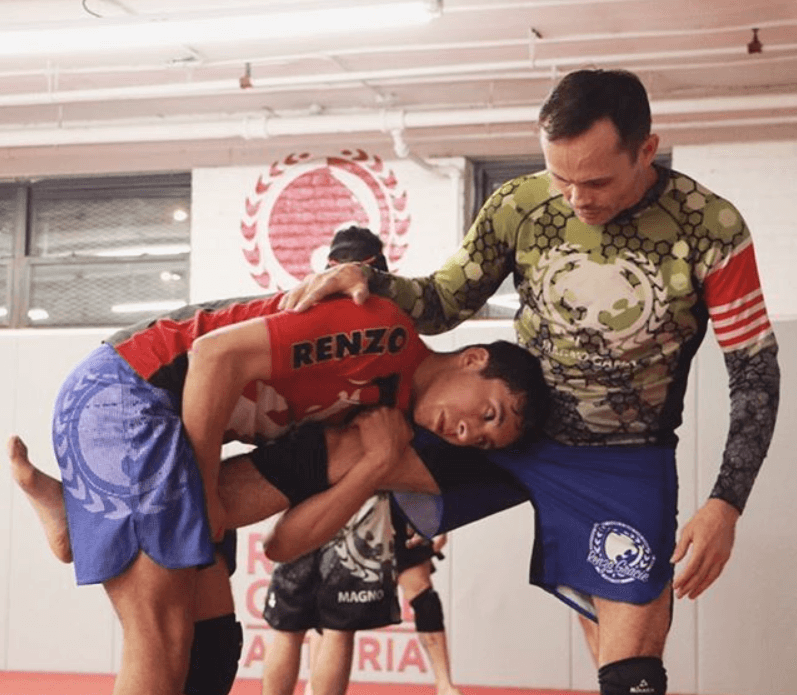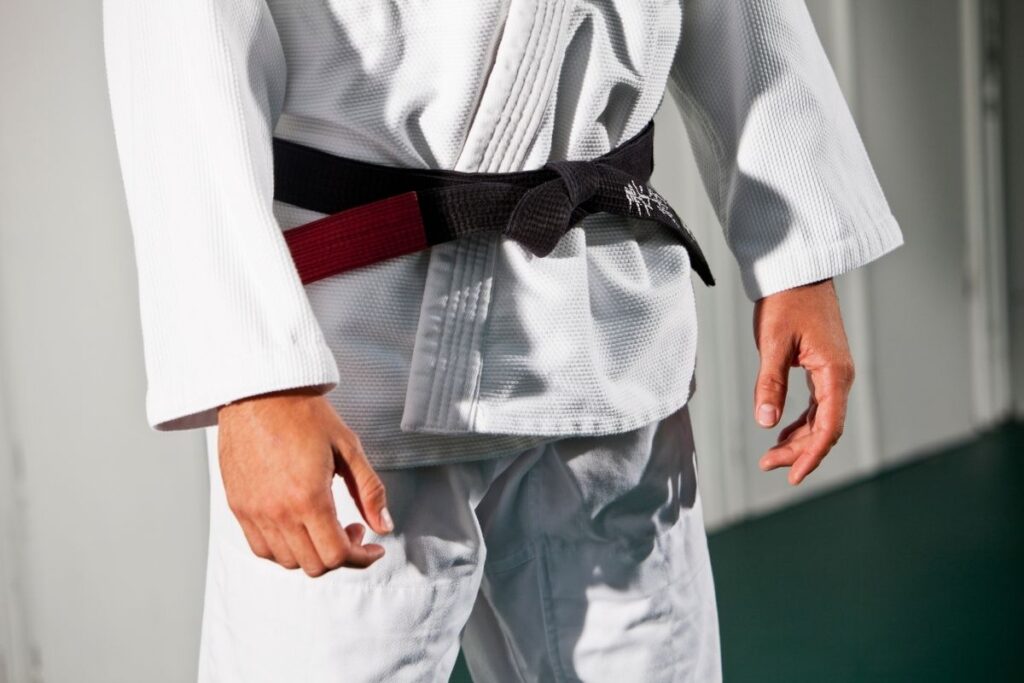
No-Gi or Gi Which Should You Train?
One of the questions that will confuse you as you start your Brazilian jiu-jitsu journey is: Which one should I choose? Gi or no gi training. In fact, before you can answer this question, you must first review your goals. This short article will help you understand the differences between gi and no gi.
Why Train Gi?
Since gi training is more traditional, it is the right way to start BJJ for many fans. Movements are slower and more tactical. Technique is at the forefront. Due to clothing, more movement options such as grips are available to block the opponent’s movement.
Also in gi form, size and power differences affect your performance less. So, a short small old person can easily take down a younger and larger opponent if he has enough experience and skill.
Gi training is a great option to perfect your moves and advance your game with technical strategies.
Why Train No-Gi?
The no-gi form of Brazilian jiu-jitsu requires being faster. You can easily slip from your opponent’s hand, so technical attacking creates an advantage. Strong people with good cardiovascular performance can adopt more easily. It is a lot of fun even though there are fewer grips and guards.
We cannot say that there are no technical movements. A good technique for taking your opponent down will always work for you, due to the ease of evading positions. Misdirection and setups are essential to controlling the opponent.
No gi training allows you to progress in your gi training. In fact, both are forms that support each other and serve the Brazilian jiu-jitsu student to be more successful.

The Differences Between gi and no-gi
There are several fundamental differences between gi and no-gi Brazilian jiu-jitsu. Now, let’s talk about these briefly:
Clothing
The most important difference between gi and no gi training is the clothes. The traditional gi uniform consists of a coat and pants made of thick cotton.
This outfit brings with it structural changes while applying the techniques.

Training
There are some differences between gi and no-gi in terms of training. First of all, gi adopts traditional approaches, while no-gi takes a fast and result-oriented approach. The presence of traditional attire in gi training changes the nature of the fight since you can gain an advantage by grabbing your opponent by the collar of the traditional gi uniform or somewhere else. No-gi, on the other hand, requires strong and quick moves to grab your opponent, as it is in a form that is not traditionally dressed, but is practiced with a simple shorts and t-shirt. In a no-gi fight, your opponent can easily slip, but when it comes to gi training, you can lock your opponent with a good technique by holding their clothes.
The technical effect of speed and outfit on training is very important.
Technique
In gi training, unlike no-gi training, it is not pure physical strength that matters, but how good your technique is. Power and speed are advantages for no-gi training.
A practitioner of Brazilian jiu-jitsu is expected to improve technically in the form of gi or no-gi. The only difference is that technical proficiency is much more prominent in gi. No-gi is about how well you can use your natural physical advantages. Power and speed are two very important factors in becoming dominant over your opponent.


